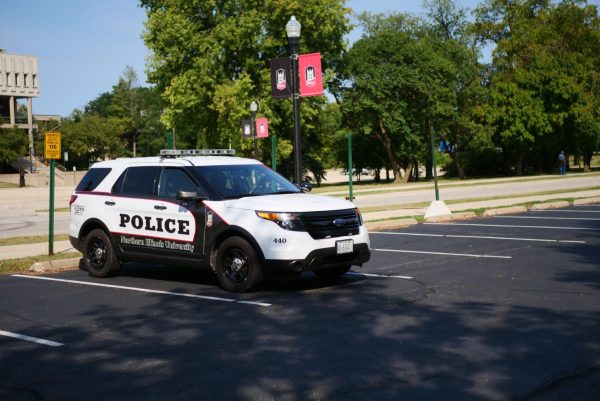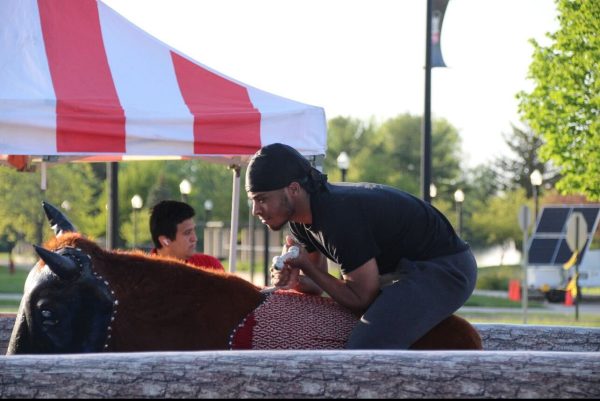New Internet technology connects universities
March 31, 2006
A “new” Internet has made its way onto NIU’s campus that makes professors more accessible.
Internet2 is a new high-tech network that will allow students to talk to professors not only from NIU but also from professors anywhere in the country, and even from around the world. This technology has been developed over the last 10 years.
“Internet2 is a collaboration of universities, cultural institutions, corporations and among these groups creates an extensive national broadband,” said Robert Brookey associate professor of communication. “This means that these groups can share data and info and also to communicate to each other.”
Not only will Internet2 connect corporations, universities and cultural institutions, but it also gives people the opportunity to do actual activities together in two different places.
“There was a dance show that had half the dancers in Cleveland as well as half of the band and the other two halves were in Los Angeles,” said Ann Doyle, presenter of the program. “The dancers and the musicians both played and danced in sync with each other.”
ITS mostly funded and developed the technology as the result of contracts and meetings between NIU, FermiLab, the StarLight Point of Presence and the cities of Naperville and DeKalb, said Herb Kurtyliw, chief network architect for ITS. The Internet2 network at NIU is transparent, Kurtyliw said. The average user would have no idea whether he or she is using ‘Internet 1′ or Internet2.
“Teaching foreign languages will be a lot easier with Internet2,” said TJ Lusher, associate professor of instructional technology and assistant dean for University Libraries. “Internet2 allows for interfacing at a global level, thus a teacher from a certain country can teach that language to students on another country face to face.”
David Gunkel, an associate professor of communication, called upon the faculty present at the seminar to brainstorm and to come up with ideas on how to utilize the technology to its best potential.
Colin Leicht contributed to this article












